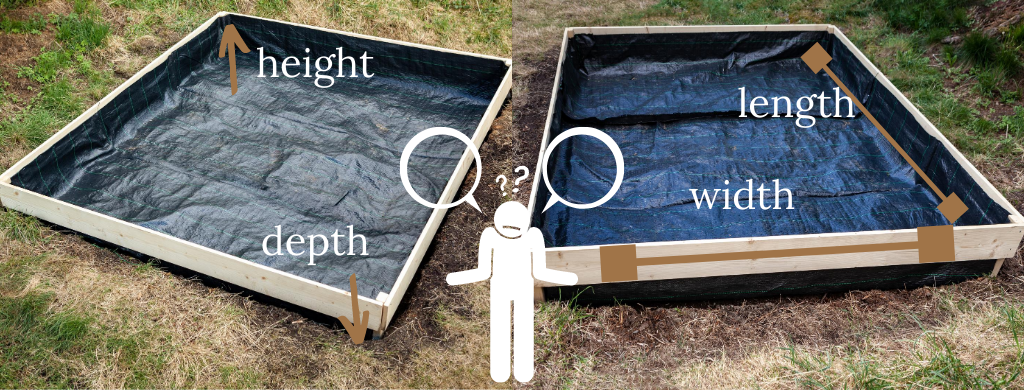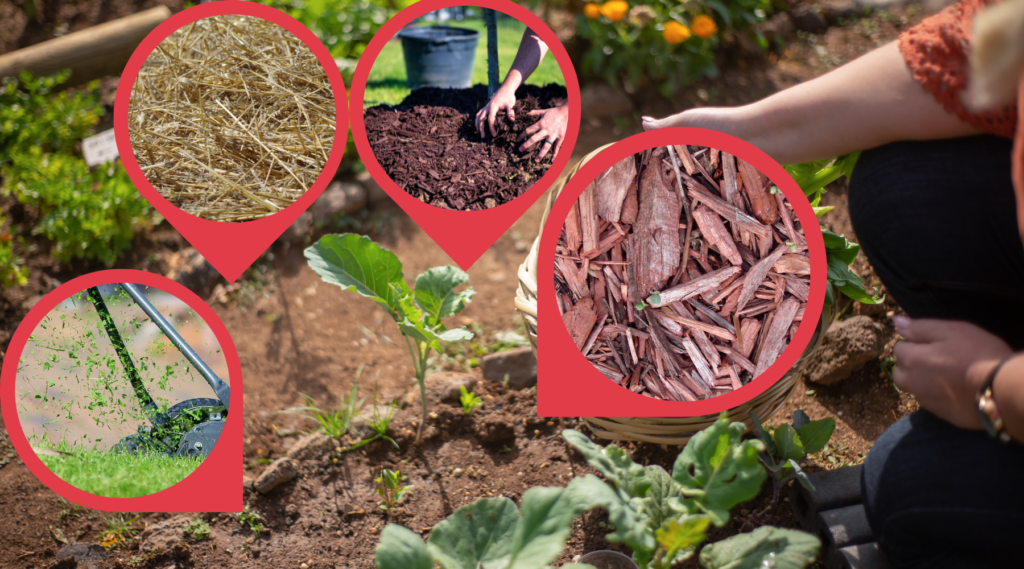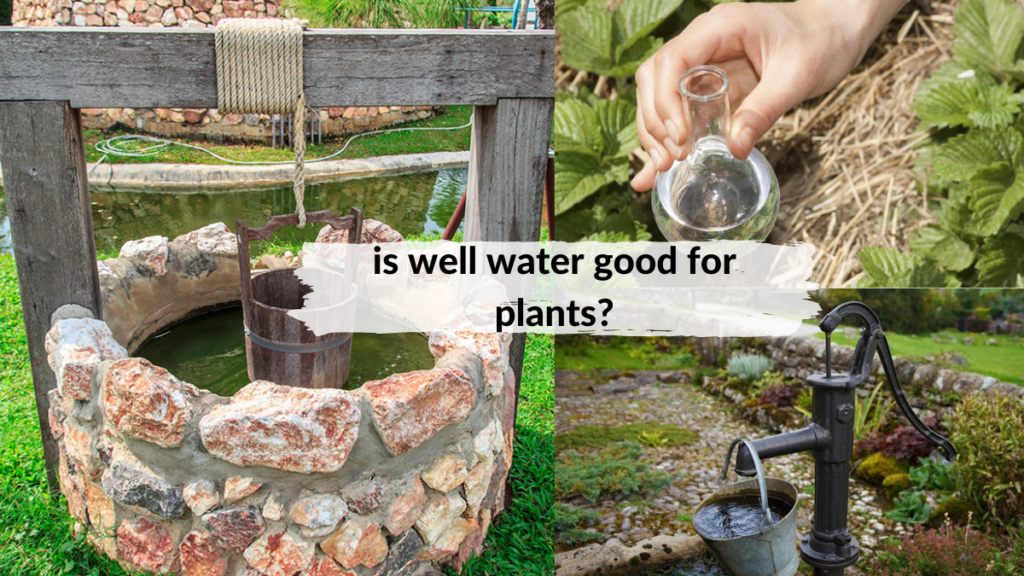Constructing redwood raised garden beds offers a lot of benefits such as natural resistance to decay and insects. Redwood is a safe alternative to plastic or chemically treated materials. It is also durable, rot-resistant, and easy to work with.
Heart-grade redwood is denser than common construction redwood, so it is more durable. Due to redwood’s resistance to termites, water, and rot, it is a good option for building raised beds.
why you should build redwood raised garden beds
Given the amazing features of redwood, there are many reasons why you should choose this material in building your garden bed.
- Redwood enhances the ability of raised garden beds to prevent soil compaction and block pathway weeds. It also provides good drainage and prevents slugs, snails, and other pests from reaching the plants. The sides of the bed prevent the soil from washing away or eroding during heavy rains.
- People with back problems or older gardeners can also benefit from redwood raised garden beds. You do not need to kneel on the ground while weeding or tending to the plants. Raised garden beds also allow you to plant earlier because the soil is better drained, and the soil is warmer when it is above ground level.
- It makes your garden more beautiful as it changes colour over time. When new, it starts with a gorgeous pink colour then starts to change to a slightly orangey tan tone in a year. After a year, it will slowly fade and turn to have a beachy Barnwood grey hue. You are getting the best of both worlds in using redwood: durability and beauty.

Redwood raised garden beds do not have bottoms, allowing the roots of the plant to go deeper into the soil for more nutrients. If the soil underneath the bed is not suitable for growing plants, you can add a plastic lining and poke holes on it to give the bed proper drainage. This gardening method is perfect for square foot gardening and building small plots of flowers and vegetables.
building your raised garden bed with redwood
height
Raised garden beds are usually 11 inches high or the height of two piled 2- x 6-inch boards, but you can build one up to 36 inches high. If the soil beneath the garden bed is good, the plant roots will go down further to access more nutrients and soil. If that is the case, you can just build a 6-inch raised bed.
The weight of the extra soil will put more pressure on the sides of the bed, causing it to bow them outward. You should include cross supports to prevent this from happening, especially if you want to build a taller bed. Use cross-supports in raised beds that are longer than 6 ft and taller than 18 inches. You should also take the plant root’s soil depth requirements into account.

length and width
Redwood raised garden beds should not be wider than 4 ft across. That is because you can easily access the center of the raised beds from either side. Stick to this width so that you do not have to step on the raised beds. If you want a longer bed, you should install cross supports every 4 to 6 ft along its length.
depth
The raised bed does not need to be very deep. The soil depth is 8 to 12 inches. If the plants require drier soil or drainage is an issue, you can build a taller raised bed and fill it with a permeable growing medium. If you want to grow vegetables, you can build a 12- to 18-inch deep raised bed.
what is the best soil for redwood raised garden beds?
Raised bed gardening offers better drainage, but it also makes the bed’s soil requirements a bit different. Although you can use the yard’s topsoil, it is best to use a new one to prevent weeds from growing.
You can make your soil blend by combining 50 percent screened compost and 50 percent screened topsoil. The compost can be anything from your compost together with animal manure, fish compost or mushroom manure. The topsoil should be made of healthy loam.
A mixture made of premium soil blend with 1/3 vermiculite, 1/3 peat moss and 1/3 compost blend can also be used. Just remember that no matter how healthy the topsoil is, the raised bed will fail without compost. You need to add compost every year.

soil building methods
There are different soil building methods. One of these is the lasagna method, which is done by filling the bottom of the raised bed with a layer of organic materials such as grass clippings, wood chips, leaves and straw and putting cardboard on top. Add the soil and allow the mixture to break down into compost over time.
You can also add more compost to the bed to achieve a light, brittle, fluffy texture. Another way is to plant green manures. Plant legumes every few crops in the raised bed and when it matures, cut it up and bury it in the soil. Leave the chopped legumes to rot for the next season.
irrigation
You can water redwood raised beds in various ways. Drip irrigation involves a set of hoses with holes or emitters that allow water to flow slowly. You can also water the plants by hand with a sprayer or sprinkler.
materials to avoid when building raised garden beds
Avoid pressure-treated wood or treated lumber when building a raised bed. Pressure-treated lumber was once treated with chromate copper arsenate, an arsenic-based compound banned in 2003.
It was replaced with “less harmful” chemicals for treating wood such as copper naphthenate, copper-HDO, alkaline copper quaternary and copper azole.
These chemicals are said to be less harmful than arsenic, but it is still a good idea to avoid them. According to an article published by Iowa State University, these chemicals do a seep into the surrounding soil.

You should also avoid reclaimed or recycled wood, especially if you do not know its age, origins, or the treatment it has gone through because it could be toxic. Railroad ties should be avoided too because it contains creosote, a probable human carcinogen. This material can also damage nearby plants.
If you are looking for an alternative to redwood, you should consider cedar. Just like redwood, it is rot-resistant, high quality, beautiful and durable. Cedar is among the most common and popular kinds of lumber used for building raised garden beds.
You can buy red cedar and redwood from a lumber yard. The cost of redwood and cedar depends on the location. Redwood is more affordable and common on the West Coast, while cedar on the East Coast. You can install a layer of fine metal mesh or hardware cloth across the bottom of the raised bed and around 3 inches up the insides to prevent burrowing pests from reaching the plants.




